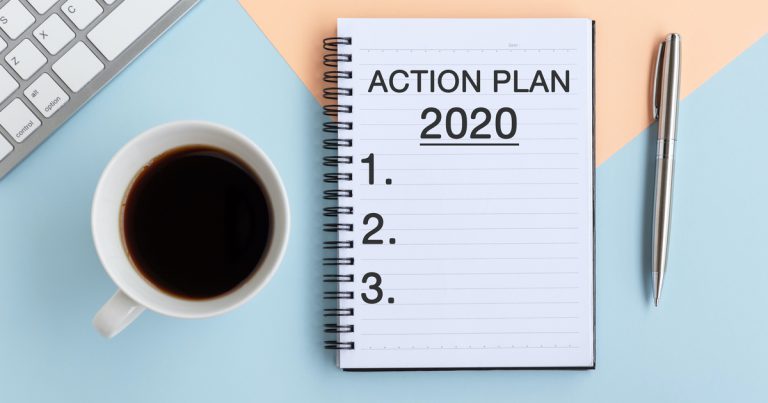Estimated reading time: 10 minute(s)
We have all heard of the term “federal poverty level”. It is generally referred to more simply as the poverty line. While it is pretty easy to understand why the federal government finds this information crucial, most people don’t realize what a significant role it plays in the Affordable Care Act (ACA) as well.

The Federal Poverty Level
There are so many factors that go into calculating the poverty line. First of all, where does this measurement come from? The United States Census Bureau is the agency that actually calculates this. They also provide an estimate of the number of Americans that are living below this level of income.
Each year in January, the Census Bureau releases an annual report containing this information. It is then used by several government agencies to make decisions on eligibility for federally funded programs and benefits. Some of these include Medicaid, Food Stamps, and the Children’s Health Insurance Program (CHIP).
How Is The Federal Poverty Level Measured?
The federal poverty level is based on many different factors, however, to put it simply the federal poverty level is the minimum amount of money that a family needs for basic necessities. This measurement takes into account household income as well as the number of members in the household.
This measurement is adjusted each year to account for inflation. It is also adjusted by the area where individuals live, many different states have varied costs of living. For example, living in a rural area of North Carolina will cost less than living in an urban area of Chicago.
What Is The ACA Connection?

So, what’s the connection to the Affordable Care Act you may ask? The ACA basically uses the federal poverty level to decide which individuals purchasing their health insurance through the Health Insurance Marketplace will receive a premium tax credit.
There is an entire scale that is used to calculate what kind of tax credit an applicant is eligible to receive. So, many different applicants will receive tax credits of varying sizes based on their income in comparison to the federal poverty level. It is essentially a sliding scale.
You may think, “I’m an applicable large employer, not a government agency, the federal poverty line will impact me much less”. This is untrue! The federal poverty line will also have a pretty sizable impact on your IRS reporting process.
Applicable Large Employers must file their Form 1095-C’s with the IRS as well as distribute them by mail to their employees. On this form the employer must prove the affordability of the health insurance plans that they offered their employees. They must also prove that they offered this insurance to 95% of their full-time employees.
Proving that an organization provided affordable health insurance to its employees can be difficult. On line 16 of the 1095-C, employers must elaborate on the offer of insurance. They are allowed by the IRS to calculate this using safe harbor measurements.
One method of testing an employer’s affordability is by using the federal poverty level. This method is also ideal for businesses with a varying workforce and many seasonal workers.
To calculate this method, the employer takes the federal poverty line amount for one individual and divides it by 12. Your employee’s monthly premium can’t be higher than 9.86% of this amount.
The ACA is a complex piece of legislature that requires very complex methods of IRS reporting. Don’t shoulder this burden alone, ACAwise is here to help! We are your full-service reporting solution! Penalties and deadlines can be a worry of your past! Start you new year out right with ACAwise!




Leave a Comment